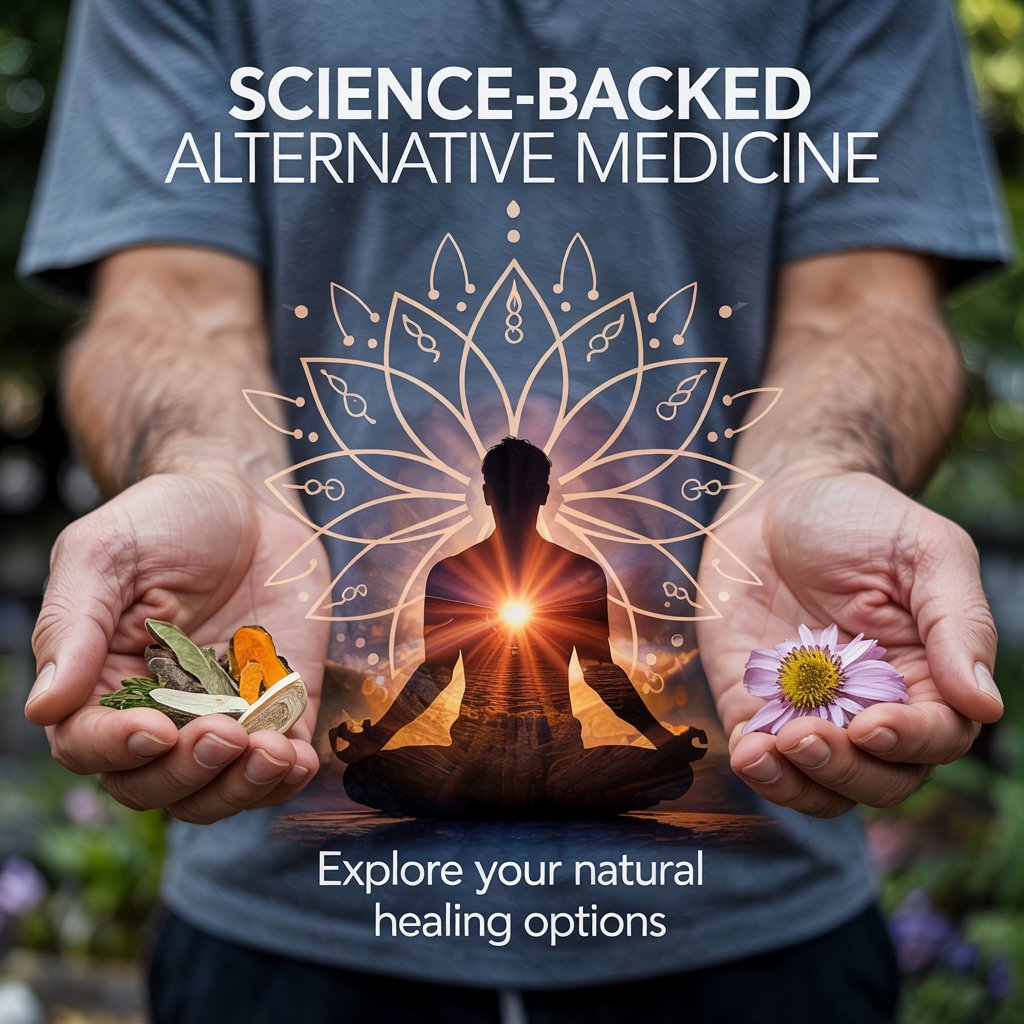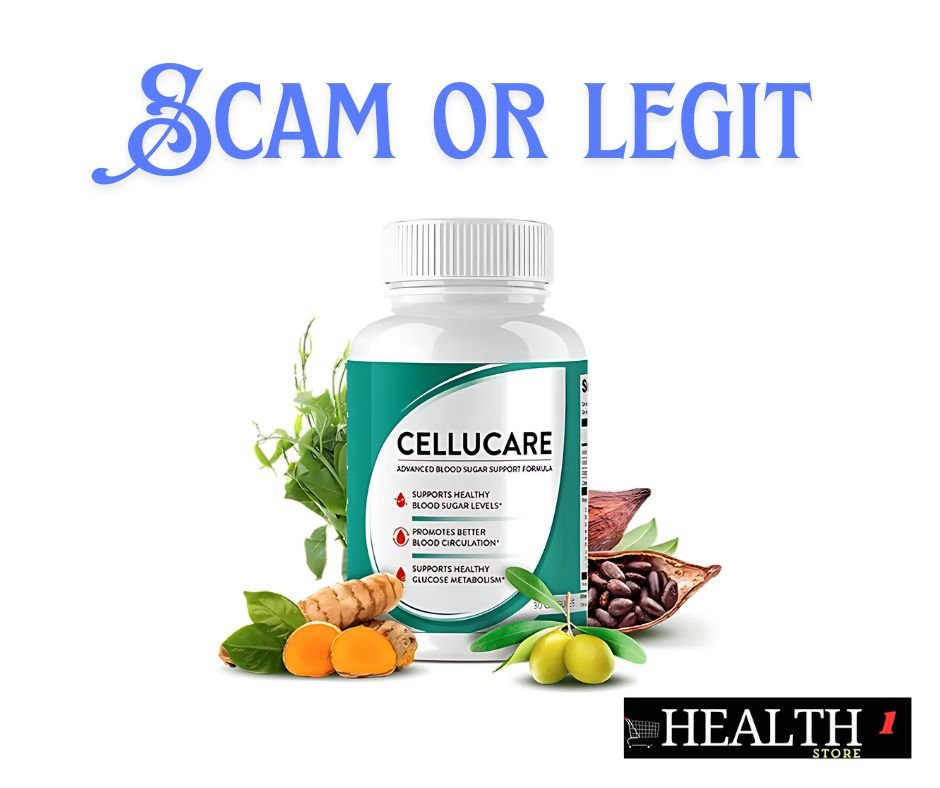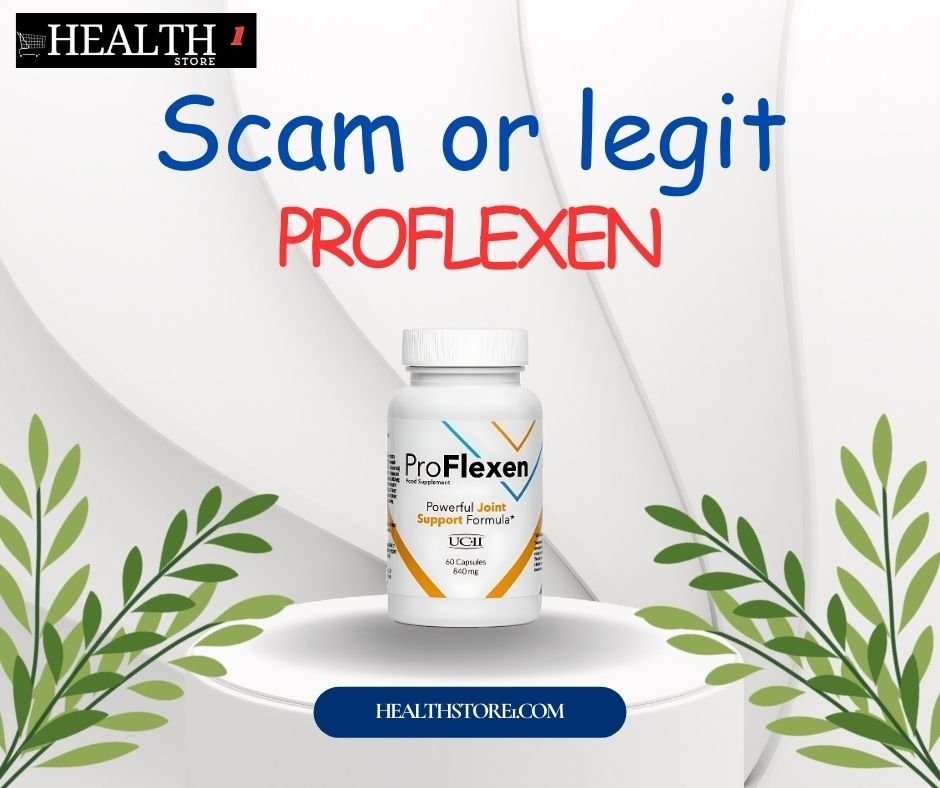Table of Contents
Introduction: What Is Alternative Medicine?
Have you ever felt like conventional medicine isn’t quite meeting all your health needs? You’re not alone. More people are turning to alternative medicine—a diverse world of healing practices that go beyond pills and prescriptions. But what exactly is it, and why is it becoming a go-to for wellness seekers?
Alternative Medicine: A Natural Approach to Healing
Unlike mainstream medicine, which often focuses on treating symptoms, alternative medicine emphasizes:
- Holistic care – Addressing mind, body, and spirit for whole-person wellness.
- Natural remedies – Using herbs, acupuncture, meditation, and other non-pharmaceutical methods.
- Personalized treatment – Tailoring therapies to individual needs rather than a one-size-fits-all approach.
Why Are People Choosing Alternative Medicine?
The shift toward natural health solutions isn’t just a trend—it’s a movement. Here’s why:
- Frustration with Side Effects – Many seek gentler options after experiencing harsh reactions to conventional treatments.
- Preventive Focus – Instead of waiting for illness, people want proactive ways to boost immunity and enhance well-being.
- Empowerment – Taking control of one’s health through lifestyle changes and natural therapies.
Could alternative medicine be the missing piece in your wellness journey? Whether you’re curious about herbal remedies, acupuncture, or mind-body practices, this guide will help you explore the possibilities—safely and wisely. Let’s dive in!

Understanding Alternative Medicine: A Deeper Look at Holistic Healing
So, you’ve heard about alternative medicine, but what really sets it apart from the healthcare you already know? Is it just about swapping pills for herbs, or is there more to the story? Let’s break it down in a way that’s clear, practical, and free of jargon.
Alternative vs. Complementary Medicine: What’s the Difference?
These terms often get mixed up, but they serve different roles in health and wellness:
- Alternative Medicine → Used instead of conventional treatments (e.g., using acupuncture for pain relief instead of painkillers).
- Complementary Medicine → Used alongside traditional care (e.g., meditation to reduce stress during chemotherapy).
The key? Many people now blend both—creating an integrative approach that maximizes benefits while minimizing risks.
The Core Philosophy: Treating the Whole Person
Unlike conventional medicine, which often zeroes in on symptoms, holistic healing asks bigger questions:
- Why did this imbalance occur?
- How do lifestyle, emotions, and environment play a role?
This approach includes:
✅ Prevention – Strengthening the body’s natural defenses before illness strikes.
✅ Root-cause resolution – Not just masking discomfort but addressing underlying issues.
✅ Personalization – Your unique needs dictate the therapy, not a standardized protocol.
Is Alternative Medicine Right for You?
It’s not a magic bullet—some methods have strong scientific backing (like yoga for anxiety), while others need more research. The best way forward?
- Consult your doctor – Especially if you have chronic conditions or take medications.
- Start small – Test one therapy at a time (e.g., turmeric for inflammation) and track results.
- Trust evidence – Look for studies or reputable practitioners, not just trends.
Whether you’re drawn to herbal medicine, energy healing, or mind-body techniques, understanding these foundations helps you make smarter, safer choices. Ready to explore the most popular types? Let’s go!
Popular Types of Alternative Medicine
Ever wondered what alternatives exist beyond your doctor’s prescription pad? The world of alternative medicine is vast, with time-tested therapies that have healed generations. Let’s explore the most popular and effective options—so you can discover which might work for your wellness journey.
1. Herbal Medicine: Nature’s Pharmacy
Plants have been humanity’s first healers, and modern science is now validating their power. Some superstar remedies include:
- Turmeric – A potent anti-inflammatory that rivals some pain medications
- Echinacea – Immune-boosting properties to fight colds
- Peppermint – Natural relief for digestion and headaches
Pro Tip: Always consult an herbalist or doctor—some herbs interact with medications!
2. Mind-Body Therapies: Healing from Within
Your thoughts and emotions directly impact physical health. These powerful practices bridge the gap:
- Yoga – Reduces stress while improving flexibility and strength
- Meditation – Lowers blood pressure and anxiety in just minutes a day
- Tai Chi – Gentle movements that enhance balance and mental clarity
3. Energy Healing: Working with Your Body’s Vital Force
While controversial, these ancient approaches have devoted followers worldwide:
- Acupuncture – Fine needles stimulate energy flow to relieve pain and treat conditions
- Reiki – A Japanese technique where practitioners channel energy to promote healing
- Qi Gong – Combines movement, breathing, and meditation to balance energy
4. Bodywork Therapies: Hands-On Healing
Sometimes the best medicine comes through touch:
- Chiropractic care – Realigns the spine to improve nerve function and reduce pain
- Massage therapy – Does more than relax—it boosts immunity and circulation
- Reflexology – Applies pressure to feet/hands to affect other body areas
Which One Speaks to You?
The beauty of alternative medicine lies in its diversity. Maybe you’re drawn to:
- The tangible results of chiropractic adjustments
- The spiritual connection of Reiki
- The practicality of herbal remedies

Remember: What works for others might not work for you—and that’s okay! The key is to experiment safely, track results, and consult professionals. Ready to learn what science says about these approaches? Let’s separate fact from fiction next.
The Science Behind Alternative Medicine: What Really Works?
You’ve probably heard both glowing testimonials and skeptical dismissals about alternative medicine—but what does the research actually say? Let’s cut through the hype and examine which therapies hold up under scientific scrutiny, and where we still need more evidence.
Evidence-Based Alternative Therapies
These approaches have substantial research backing their effectiveness:
✔ Acupuncture for Chronic Pain
- NIH studies confirm it can reduce migraines and osteoarthritis pain
- Works by stimulating natural painkillers and improving blood flow
- Harvard research shows it physically changes brain structure in 8 weeks
- Lowers cortisol (the stress hormone) by up to 30%
✔ Turmeric’s Anti-Inflammatory Power
- Curcumin (its active compound) matches some NSAIDs for arthritis relief
- Boosts brain-derived neurotrophic factor (linked to better memory)
Check our supplements articles for more information
Promising But Needs More Research
Some therapies show potential but require larger studies:
Reiki Energy Healing
- Small studies suggest reduced anxiety in cancer patients
- Mechanism remains scientifically unexplained
Chiropractic for Back Pain
- Works well for acute lower back pain (per JAMA studies)
- Controversial for neck adjustments due to stroke risk concerns
Red Flags: When to Be Cautious
Not all “natural” means safe. Watch out for:
⚠ Dangerous Interactions
- St. John’s Wort reduces effectiveness of birth control and antidepressants
- Ginkgo biloba can thin blood (risky before surgery)
⚠ Unrealistic Claims
- “Miracle cures” for cancer or diabetes
- Therapies claiming to replace all conventional medicine
How to Evaluate Alternative Treatments
Use this simple checklist before trying any therapy:
- Is there peer-reviewed research? (Check PubMed.gov.)
- Are practitioners properly certified?
- Does it complement or conflict with my current treatments?
- Can I afford it long-term if it works?
The bottom line? Many alternative therapies offer real benefits when used wisely—but they’re not magic bullets. The smartest approach combines the best of conventional and alternative medicine under professional guidance.
Next Up: How to safely integrate these therapies into your healthcare routine…
Making Alternative Medicine Work for You: A Practical Integration Guide
So you’re intrigued by alternative therapies—but how do you actually incorporate them into your busy life without breaking the bank or conflicting with your current healthcare? Let’s walk through a smart, step-by-step approach to blending these healing modalities into your wellness routine.
Finding the Right Practitioner: Your Safety Net
Not all alternative medicine providers are created equal. Here’s how to spot a qualified professional:
- Check Credentials:
• Acupuncturists should be NCCAOM-certified
• Herbalists with clinical training (look for “RH” or “AHG” after their name)
• Chiropractors must be state-licensed - Red Flags to Avoid:
🚩 Practitioners who discourage conventional medicine
🚩 Those claiming one therapy cures everything
🚩 Clinics that won’t share treatment costs upfront
Creating Your Personalized Integration Plan
Try this balanced approach:
- Start With One Therapy
- Pick your most pressing health concern (stress? pain? fatigue?)
- Match it with an evidence-backed alternative treatment
- The 3-Month Test Drive
- Commit to regular sessions (most therapies need 8-12 weeks to show effects)
- Track symptoms in a health journal
- The Conversation With Your Doctor
- Bring research studies to your appointment
- Ask specific questions:
“Could acupuncture interfere with my blood pressure meds?”
“Is this herbal supplement safe with my chemotherapy?”
Budget-Friendly Alternatives
Quality care shouldn’t require a trust fund. Try these cost-cutters:
- Community Clinics: Many acupuncture schools offer low-cost treatments
- DIY Options:
• Free meditation apps like Insight Timer
• Grow your own medicinal herbs (basil, mint, chamomile) - Insurance Hacks: Some plans cover chiropractic or massage therapy
When to Re-Evaluate Your Approach
Even natural therapies need occasional check-ins. Ask yourself:
✓ Am I seeing measurable improvements?
✓ Is this sustainable long-term?
✓ Does my conventional doctor see any red flags in my latest lab work?
Remember—the goal isn’t to replace conventional medicine, but to create your ideal integrative health approach. Like crafting the perfect playlist, it’s about finding the right mix of therapies that work in harmony for your unique body and lifestyle.

Are you ready for more alternative medicine articles?
Coming Next: Final thoughts on navigating your alternative medicine journey with confidence…
Conclusion: Your Alternative Medicine Journey Starts Here
As we wrap up our exploration of alternative medicine, let’s pause and reflect: What resonates most with you? Maybe it’s the idea of holistic healing, the appeal of natural remedies, or simply the desire to take more control of your well-being. Whatever your reason, remember—this isn’t about choosing sides, but about expanding your options.
Key Takeaways to Guide Your Next Steps
- Balance is Everything – The most effective health plans often blend conventional and alternative approaches.
- Knowledge is Power – Research therapies thoroughly, and always consult trusted practitioners.
- Listen to Your Body – What works for others may not work for you—and that’s okay.
Ready to Dive Deeper?
If you’re feeling inspired, here’s how to keep the momentum going:
- Start Small – Pick one therapy to explore this month (e.g., a weekly yoga class or herbal tea for better sleep).
- Connect with Experts – Join forums, follow reputable practitioners, or attend local workshops.
- Track Your Progress – Keep a wellness journal to note what’s working (and what’s not).
A Final Thought
Alternative medicine isn’t a quick fix—it’s a lifestyle shift. Whether you’re easing chronic pain with acupuncture, reducing stress through meditation, or simply curious about herbal supplements, your journey is uniquely yours. Stay open, stay informed, and most importantly, stay kind to yourself along the way.
Have questions or a success story to share? Drop a comment below—we’d love to hear how alternative therapies are shaping your health story!
Thanks for reading—here’s to your health, naturally! 🌿
References
- National Center for Complementary and Integrative Health (NCCIH). (2022). Acupuncture: What You Need To Know. U.S. Department of Health & Human Services.
https://www.nccih.nih.gov/health/acupuncture-what-you-need-to-know - Harvard Health Publishing. (2021). How Meditation Helps With Depression. Harvard Medical School.
https://www.health.harvard.edu/mind-and-mood/how-meditation-helps-with-depression - Journal of the American Medical Association (JAMA). (2017). Chiropractic Care for Low Back Pain: A Review of the Evidence.
DOI:10.1001/jama.2017.3086 - National Institutes of Health (NIH). (2020). Turmeric and Its Active Compound Curcumin in Health and Disease.
https://pubmed.ncbi.nlm.nih.gov/32013820/ - American Herbalists Guild (AHG). (2023). Finding a Qualified Herbalist.
https://www.americanherbalistsguild.com/find-an-herbalist - World Health Organization (WHO). (2019). WHO Global Report on Traditional and Complementary Medicine.
https://www.who.int/publications/i/item/9789241515436




